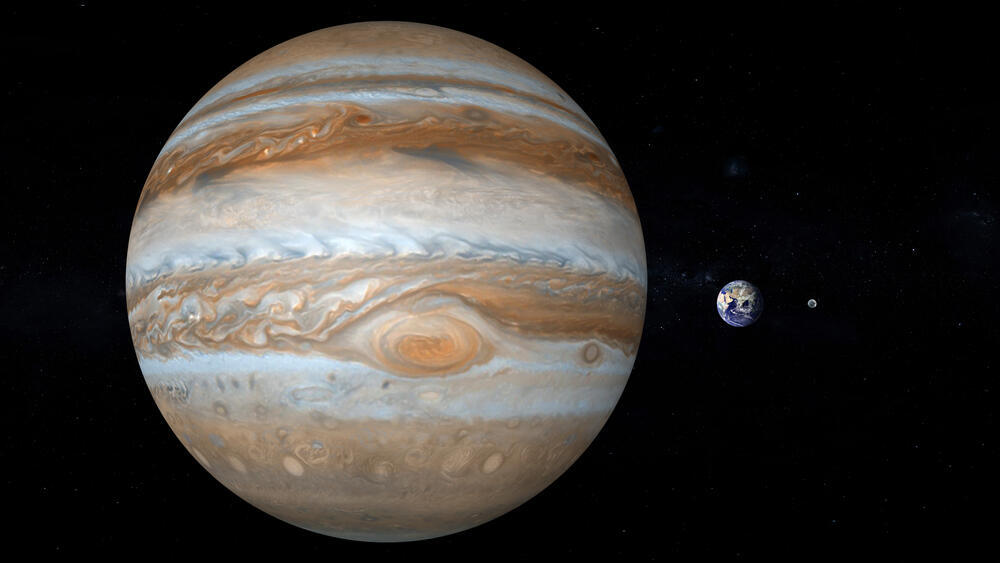Getting your Trinity Audio player ready...
A new study led by Caleb Keaveney, a Ph.D. student at Yale, focused on the influence of smaller, transient storms on the Great Red Spot using 3D simulations. The researchers found that interactions with smaller storms could actually strengthen and assist in growing the Great Red Spot, based on modeling high-pressure systems on Earth known as "heat domes" or "blocks," which interact with smaller weather mechanisms to sustain and amplify themselves.
The study's findings may have implications for understanding and predicting weather events on both Jupiter and Earth, particularly the sustainment of high-pressure systems, and further modeling could provide additional insight into the formation and evolution of Jupiter's Great Red Spot.
The Great Red Spot is a massive, high-pressure anticyclonic storm on Jupiter's southern hemisphere, appearing as an enormous red-orange oval visible from Earth, raging for at least 350 years, with swirling winds reaching over 400 mph (640 km/h). It measures over 10,000 miles (16,000 km) wide and extends 250 km below Jupiter's ammonia cloud tops, making it the largest storm in the Solar System.
Over the past 100 years, especially in the last 50 years, the Great Red Spot has been shrinking longitudinally, from 40 degrees in the late 19th century to 14 degrees in 2016, though its latitudinal extent has remained relatively consistent, puzzling scientists.
The origins of the Great Red Spot, including its formation, age, and the reason behind its red-orange color, remain mysterious, possibly linked to complex chemistry, solar radiation effects, and interactions with Jupiter's Southern Equatorial Belt.
This article was written in collaboration with Generative AI news company Alchemiq
Sources: Popular Science, Knowridge.com, Earth.com, dailygalaxy.com, Futurity, universetoday.com, phys.org, Mirage News, news.yale.edu


